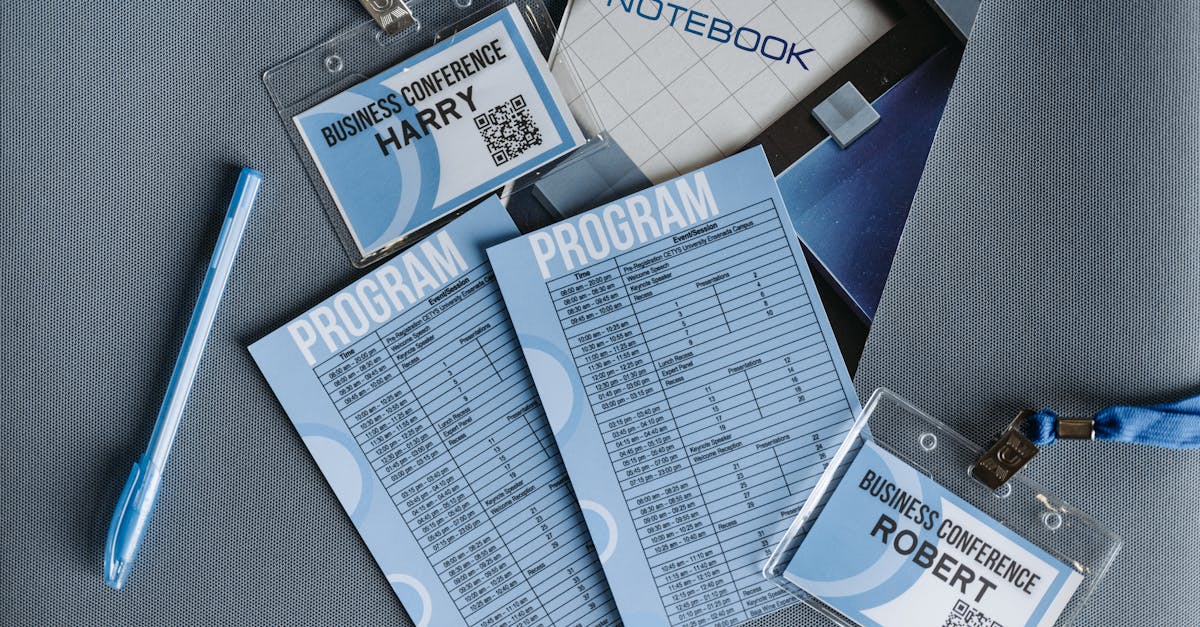
Introduction
Every day HR teams are buried under repeatable requests—address changes, payroll questions, time-off approvals—that eat time and delay strategic work. Employee self‑service portals stop the firefighting and put common tasks into employees’ hands; these portals are central to HR digitization efforts and are the fastest way to cut ticket volume, shorten SLAs, and show measurable ROI.
Document automation sits at the heart of that shift: smart templates, conditional forms, and e‑sign workflows turn vague requests into structured data that systems can act on automatically. Below you’ll find practical guidance on which metrics to track, the core features to build, template and form design, workflow automation, integrations, and the security controls that make a portal both useful and compliant.
Why employee self‑service reduces HR workload and key metrics to track
Employee self‑service is a cornerstone of HR digitization because it shifts routine, repeatable work out of HR inboxes and into employee hands. When staff can update profiles, request leave, or access pay information themselves, HR focuses on high‑value work like talent strategy and compliance. This is HR digital transformation in practice: fewer manual transactions, faster response times, and scalable HR automation.
Key benefits to expect include reduced time per transaction, fewer service tickets, and lower cost per hire/onboarding. These are the measurable outcomes executives care about when evaluating hr digitization meaning and hr digitization benefits.
Metrics and KPIs to track
- Reduction in HR tickets — total and category-based (payroll, benefits, attendance).
- Time to resolution — average time from request to closure.
- Self‑service adoption rate — percentage of employees using the portal monthly.
- Paperless onboarding rate — percentage of hires completed without manual forms.
- Cost per transaction / FTE savings — dollars saved by automating tasks.
- Compliance completion — policy acknowledgement and training completion rates.
Tracking these KPIs helps quantify ROI. It also informs which parts of hr digitization software to invest in next — e.g., HRIS modules, employee self‑service portals, or workflow engines that improve SLA routing.
Roles and staffing: hr digitization jobs change from data entry to system administration, analytics, and vendor management. Plan to upskill HR teams to manage integrations, workforce analytics, and continuous improvement.
Core self‑service features to build: profile updates, leave requests, pay & benefits info, policy acknowledgements
Design your portal around the tasks employees do most. Focus on a small set of high‑impact features and iterate based on usage data.
Essential features
- Profile updates — employee contact details, emergency contacts, tax withholding, and documents. Allow employees to submit proof and automate verification where possible.
- Leave requests — balances, calendar integration, and approval status. Link to standardized forms like a leave‑of‑absence request for edge cases: Leave of absence template.
- Pay & benefits info — pay stubs, benefits elections, and links to vendor portals. Make pay history searchable and downloadable.
- Policy acknowledgements — required reads, attestation workflows, and e‑sign capture.
Add‑on capabilities
- Employee self‑service portals should support paperless onboarding processes and simple transactions (address change, equipment requests).
- Include links to common HR letters and templates like new hire offer letters for streamlined processing: Job offer letter.
Start with these features using your HRIS or a dedicated hr digitization software. Track adoption and complaints to prioritize the next features (e.g., an LMS or ATS integration).
Designing templates and smart forms that enable common requests without HR intervention
Well‑designed templates and smart forms are the mechanics of HR automation. They turn ambiguous requests into structured data that systems and approvals can act on automatically.
Design principles
- Keep fields minimal — ask only what you need for processing.
- Use conditional logic — show fields based on previous answers to reduce confusion.
- Standardize responses — use dropdowns, checkboxes, and enums instead of free text when possible.
- Provide examples and help text — reduce back‑and‑forth by clarifying expectations.
Templates to include
- Offer and onboarding letters — prefilled from the HRIS to support paperless onboarding: Job offer template.
- Termination and exit paperwork — consistent fields support compliance and offboarding automation: Termination letter.
- Attendance and time adjustments — map to your attendance policy: Attendance rules.
Implementation steps (quick)
- Audit the top 20 manual requests by volume and effort.
- Design one form for each request type using conditional logic.
- Test with a pilot group and iterate based on feedback and error rates.
- Deploy and monitor — add training materials and inline help for adoption.
Smart forms reduce HR interventions by ensuring requests are complete and routed correctly the first time. They’re an essential part of HR digital transformation and are often the first deliverable from hr digitization projects.
Automated workflows: approvals, SLA routing, e‑sign, and notification rules
Automated workflows are where HR automation delivers operational scale. Replace manual handoffs and email chains with deterministic flows that enforce business rules and service levels.
Common workflow components
- Approval chains — manager, HR, and finance steps with conditional approvers based on org, cost center, or location.
- SLA routing & escalation — route to alternate approvers when SLAs are missed; send escalating notifications.
- E‑sign integration — capture legally valid signatures for offers, policy acknowledgements, and contracts.
- Notifications & reminders — configurable email, SMS, or in‑app alerts tied to milestones and deadlines.
Best practices
- Keep workflows transparent — show current task owner and expected SLA to employees and managers.
- Log every action for auditability and link it to the underlying record in your HRIS.
- Design for exceptions — include manual override routes and a rollback process for errors.
Workflows are a practical expression of HRIS and digital HR capabilities. They reduce time‑to‑decision, improve compliance, and increase predictability in HR operations.
Integrations to connect portals with HRIS, payroll, and document storage
Self‑service portals must not be an island. Integrations unlock data consistency and remove duplicate work across systems.
Key systems to integrate
- HRIS / human resource information system — the authoritative source for employee demographics, job data, and organizational structure.
- Payroll — real‑time balance and pay data, and automated posting of payroll changes.
- Document storage — secure repositories for contracts, onboarding packs, and compliance records.
- ATS, LMS, and benefits vendors — ensure candidate data, training completions, and benefits elections flow to and from the portal.
Integration patterns
- APIs & webhooks — preferred for real‑time syncs and event‑driven actions.
- Batch ETL — acceptable for daily reconciliation when real‑time isn’t needed.
- SSO & SCIM — streamline access and automate user provisioning/deprovisioning.
Prioritize integrations by impact: start with HRIS and payroll, then connect document storage and learning systems. This approach supports cloud HR solutions and workforce analytics and ensures the portal becomes the single source of truth for employees and managers.
Security, role‑based access, and audit trails to ensure compliance
Security and governance are non‑negotiable for digital HR. A portal that improves convenience but creates data exposure is a net loss.
Access controls
- Role‑based access (RBAC) — grant access by job function and scope (e.g., HRBP vs. payroll clerk).
- Least privilege — users and integrations should have the minimum rights required.
- Segmentation and data masking — hide sensitive fields where necessary (SSNs, bank details).
Technical safeguards
- Encryption — TLS in transit and strong encryption at rest.
- Identity & access management — MFA, SSO, and periodic access reviews.
- Data residency & retention — align with local laws and corporate policy.
Auditability and compliance
- Keep immutable audit trails of who accessed or changed records, with timestamps and IP addresses.
- Automate retention and deletion policies for HR records and provide e‑discovery support for legal requests.
- Document workflows and controls for internal and external audits.
Security, RBAC, and audit trails are core to digital HR maturity. They protect employee data, enable compliance, and support measurable KPIs for risk reduction as part of HR digital transformation.
Summary
Employee self‑service portals reduce HR workload by shifting repeatable tasks into employees’ hands and by combining smart templates, conditional forms, and automated workflows to cut ticket volume, shorten SLAs, and deliver measurable ROI. Start small—prioritize high‑impact features like profile updates, leave requests, pay & benefits access, and instrument KPIs (ticket reduction, time‑to‑resolution, adoption) so you can iterate with data and advance HR digitization. For HR and legal teams, document automation turns vague requests into structured records, speeds approvals with e‑sign and workflow rules, and strengthens compliance through audit trails and role‑based controls. Ready to accelerate results? Explore ready‑made templates and automation at https://formtify.app.
FAQs
What is HR digitization?
HR digitization is the process of converting manual, paper‑based, and informal HR tasks into automated, data‑driven processes and systems. It typically involves self‑service portals, HRIS platforms, and workflow engines that standardize inputs, enforce business rules, and measure outcomes.
How does HR digitization benefit companies?
Digitizing HR reduces time spent on routine requests, lowers ticket volumes, and speeds decision making through automated approvals and SLAs. It also improves data consistency for compliance and reporting, and frees HR to focus on strategic work like talent and analytics.
What tools are used for HR digitization?
Common tools include HRIS systems, payroll platforms, ATS and LMS integrations, e‑signature services, workflow engines, and APIs/webhooks for real‑time syncs. Add SSO/SCIM for identity management and secure document storage to complete a compliant stack.
How do I start digitizing HR processes?
Begin with an audit of the top manual requests by volume and effort, then design minimal, conditional smart forms for those processes and pilot them with a small group. Track KPIs (adoption, ticket reduction, time‑to‑resolution), iterate on forms and workflows, and progressively integrate the portal with your HRIS and payroll systems.
What are common challenges in HR digitization?
Typical challenges include change management and adoption, poor data quality or fragmented systems, and complex integrations between HRIS, payroll, and vendors. Security, role‑based access controls, and regulatory requirements must also be planned for to avoid creating new risks while automating.





